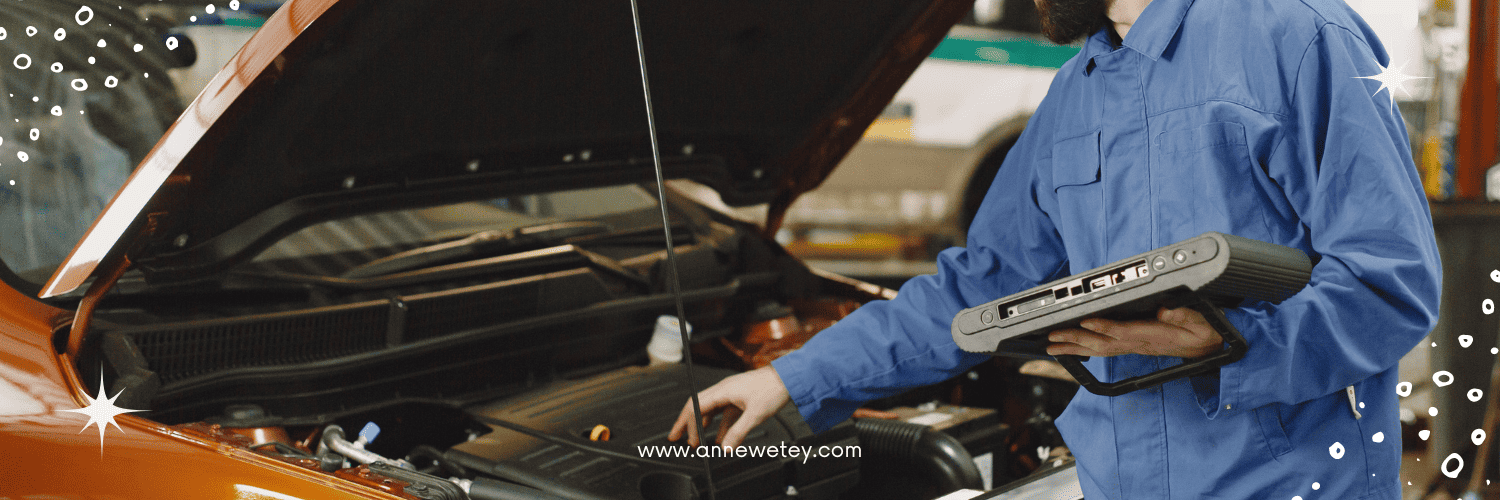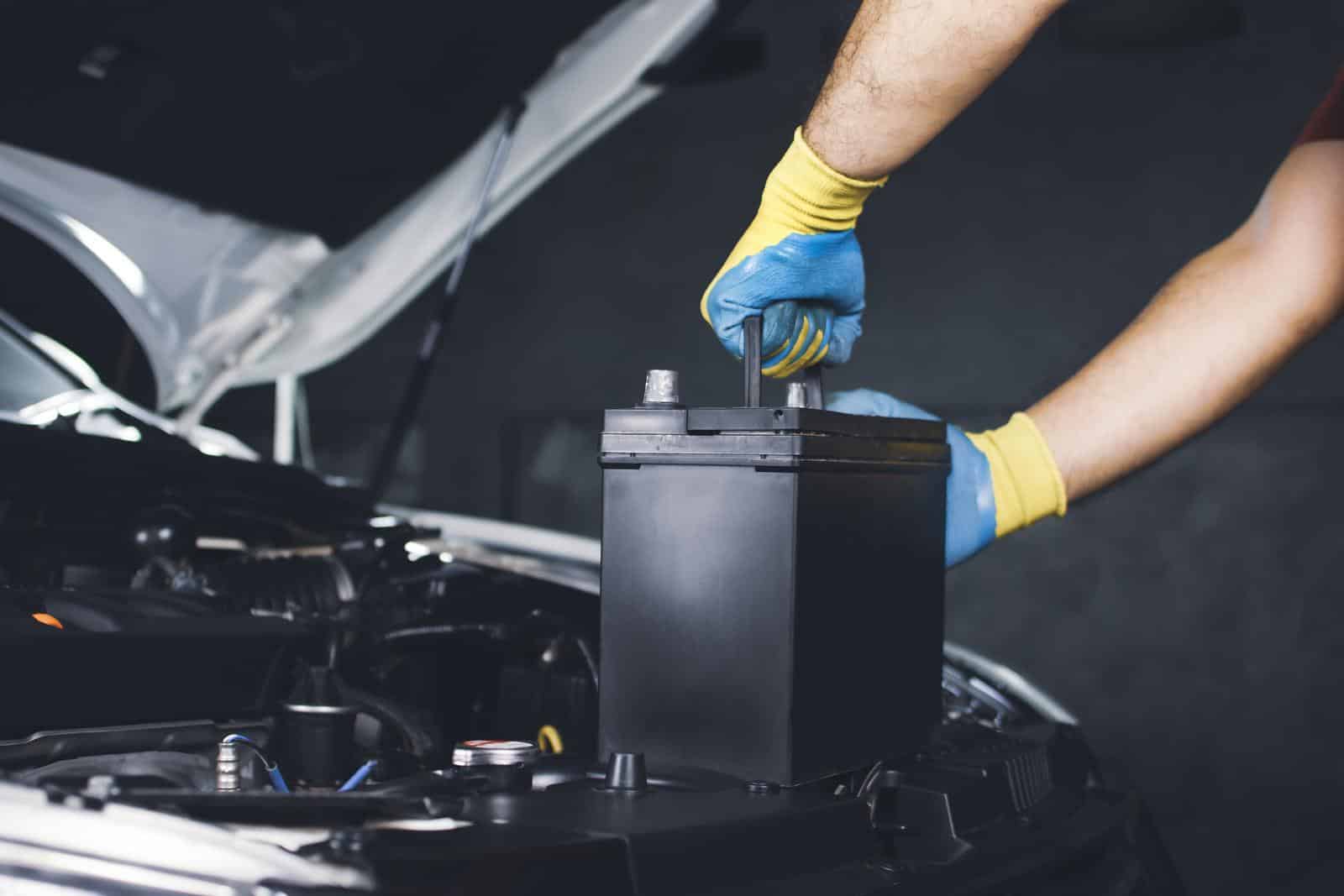Why You Don’t Connect The Negative When Jumping a Car
Why You Shouldn’t Connect the Negative Jumper Cables Directly
When jumping a car with jumper cables, you are usually told “don’t connect the negative when jumping a car”. Actually, you DO need to connect the negative jump leads when jumping a car.

However, if possible, NEVER connect the negative leads directly to the negative battery terminal of the weak battery. This is also true when using a jump box or portable car battery chargers.
Instead, connect the black clamp directly on the negative terminal of the good battery and then onto to the chassis or engine block of the dead vehicle. Any unpainted metal surface, metal bolt or piece of metal in the engine compartment can be used (except if it’s close to the fuel line).
For a safe and successful jump process, check out our step-by-step guide on How to Jump a Car Battery With Jump Cables.
There are two theories about why you don’t directly connect the negative when jumping a car with a battery jumper.
The Spark/Explosion Theory
Hypothesis: When jumping a car, if you connect the negative clamp of your jump cable directly to the negative terminals of the flat battery, you may cause a battery explosion.
When jumping a car, you FIRST connect the positive cable to the positive terminal of both batteries. The black jumper cable is next. The theory is that the last connection you make (which should be the black cable) might cause a spark as current rushes from one battery terminal to the other. A typical car battery produces hydrogen, which is an explosive gas, so you want the spark to be as far away from the battery pack and your face as possible.
In my experience, the last connection when you connect the last negative jumper cable clamps will always give a spark. Admittedly, there is only a small chance that there would be enough hydrogen gas to ignite and cause an explosion.
However, never attempt to jump a battery which is emitting a rotten egg smell or hissing from the vents. This is a sign of over-charging. Overcharging produces loads of explosive hydrogen gas. In this situation, all you can do is call Roadside Assistance, a tow truck or your mechanic for help.
In twenty years of working with batteries, I have had only three batteries explode near me. Admittedly, none have been while jumping a car (thankfully none resulted in injury to myself either). However, it’s a very unpleasant experience. Even with such small odds, I don’t think it’s worth the risk.
Path of Least Resistance Theory
Hypothesis: Since all electrical systems in your car (including the starter motor and battery), are connected to the chassis/engine, the shortest path and path of least resistance of the current is to connect the negative leads directly to the chassis.

Depending on the type of fault that has caused the battery failure, it is possible that the internal resistance of the dead car battery may be so high that it stops the flow of current or reduces it to a level where there is not enough power to start the vehicle.
For example,
- if there is a break in the cell inter-connectors,
- if the battery water has completely dried out,
- if there is too much corrosion on the battery terminals,
- or if the battery terminals are faulty or loose,
The internal resistance of the battery may be high enough to stop the effective flow of electricity.
If we place the negative clamp on a car’s chassis or engine block, we bypass the faulty battery completely, and send all the battery power directly to the starter motor. This way we waste no power in overcoming the resistance of the dead battery or poor connections on the battery.
These are two excellent reasons why you should connect the negative cable of your jump cables to the engine block/chassis rather than directly on the battery itself.
References
- Jaxen, V. M. (2022, June 1). How to Jump Start a Car With Jump Cables. Victor Jaxen. Retrieved June 2, 2022, from How to Jump Start a Car With Jump Cables


 Previous Post
Previous Post Next Post
Next Post
